In front of this building is a wall of old headstones, mostly with a link to the sea or the early days of settlement.
Also in Fort Canning is the fascinating World War Two bunker museum, named The Battlebox. This was where General Percival made the decision to surrender to the Japanese. Lifelike figures show us what the bunker would have been like at that time.
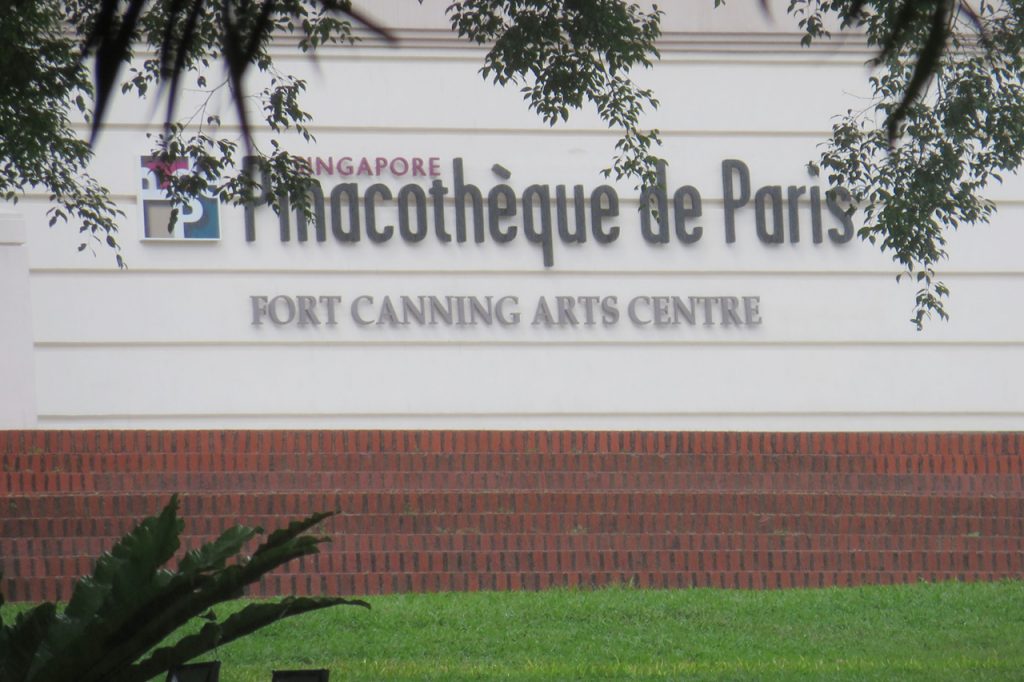
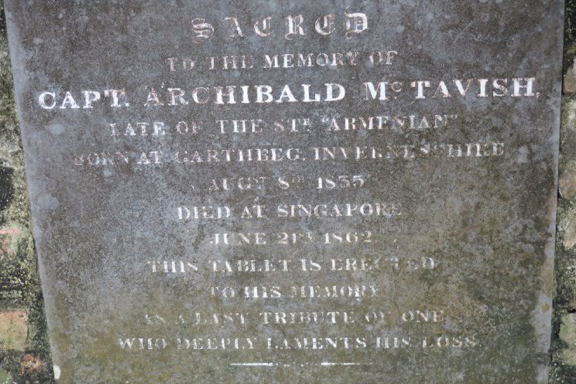
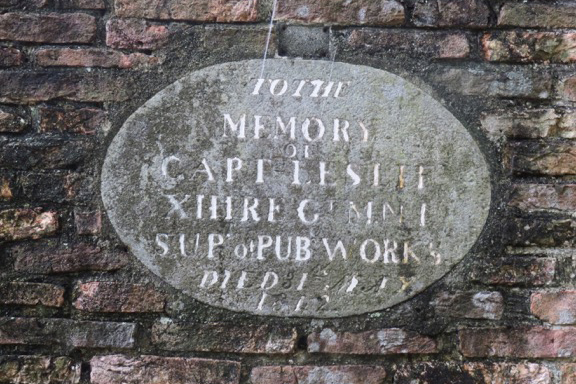
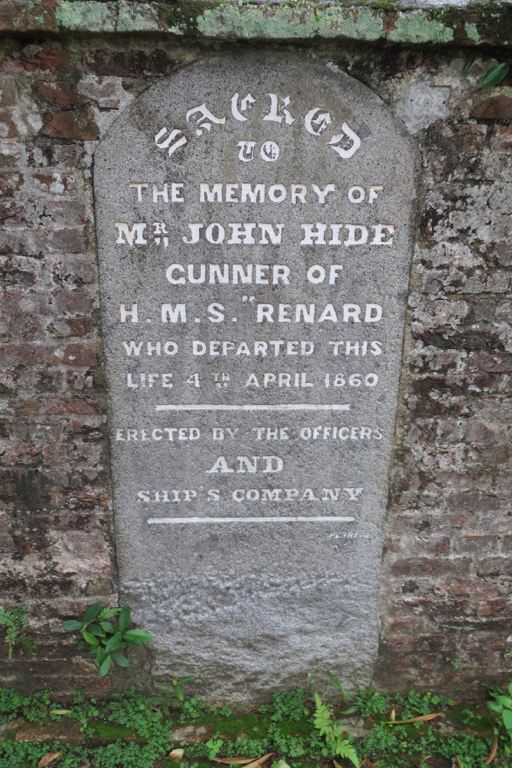
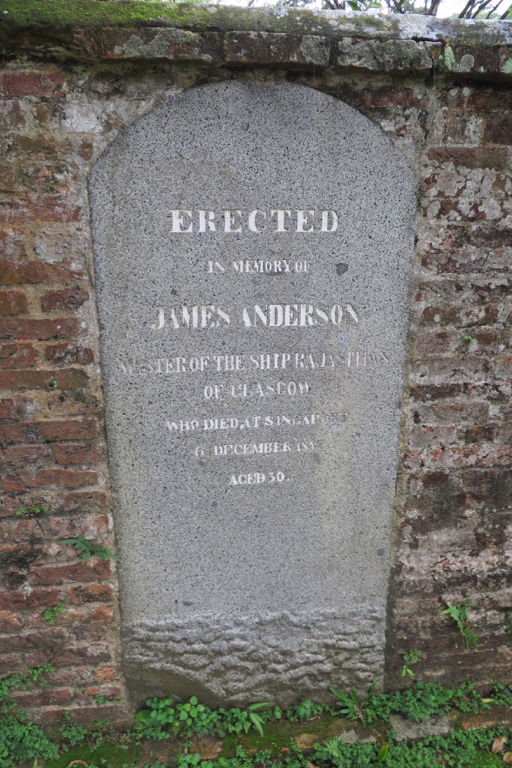
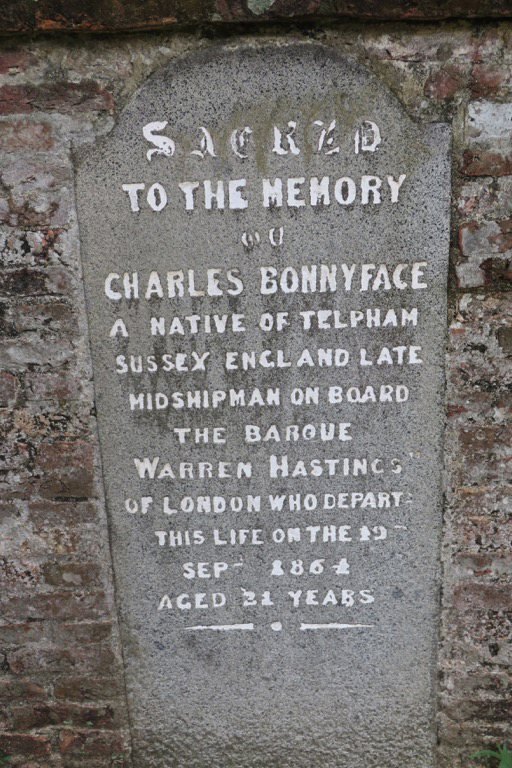
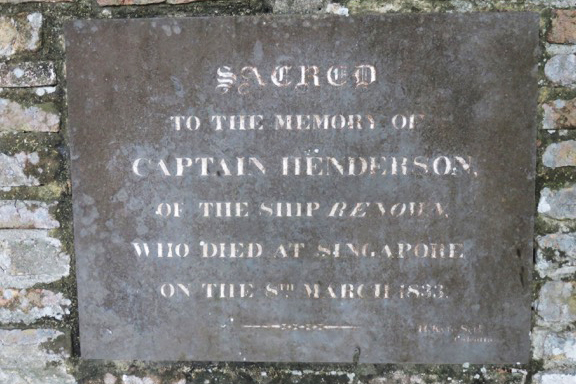
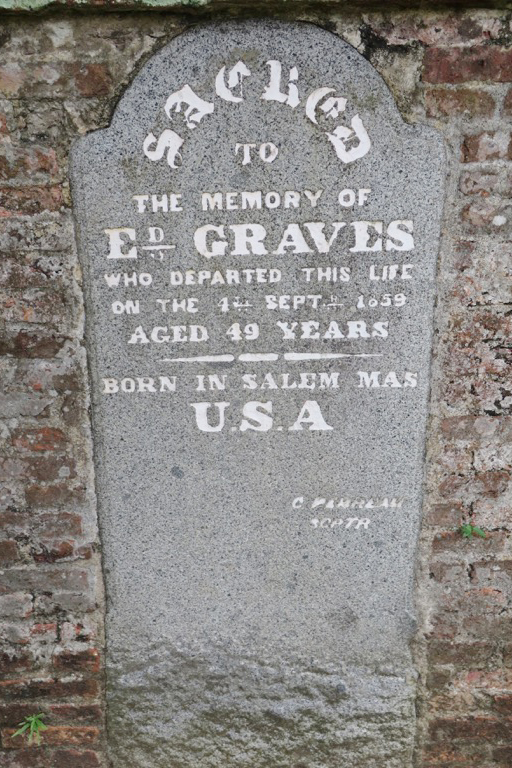
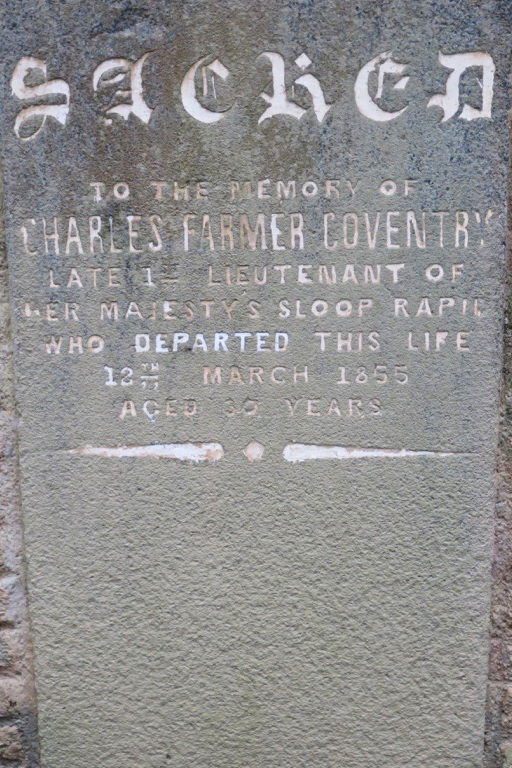
The plaques below honour George Drumgold Coleman, who was responsible for much of the initial infrastructure and architecture of Singapore.
Coleman took charge of the works at the Christian cemetery, which included the fencing of the burial grounds, the two gateways to the cemetery, known as the Gothic Gates, and the cupolas. He designed the cupolas himself. He is also famous for designing the Armenian Church of St Gregory and the Church of St Andrew. He was also known for designing and building several houses, one of which was used as Parliament House from 1965 to 1999.
Coleman passed away in Singapore on 27th March 1844 and was buried on Fort Canning Hill.
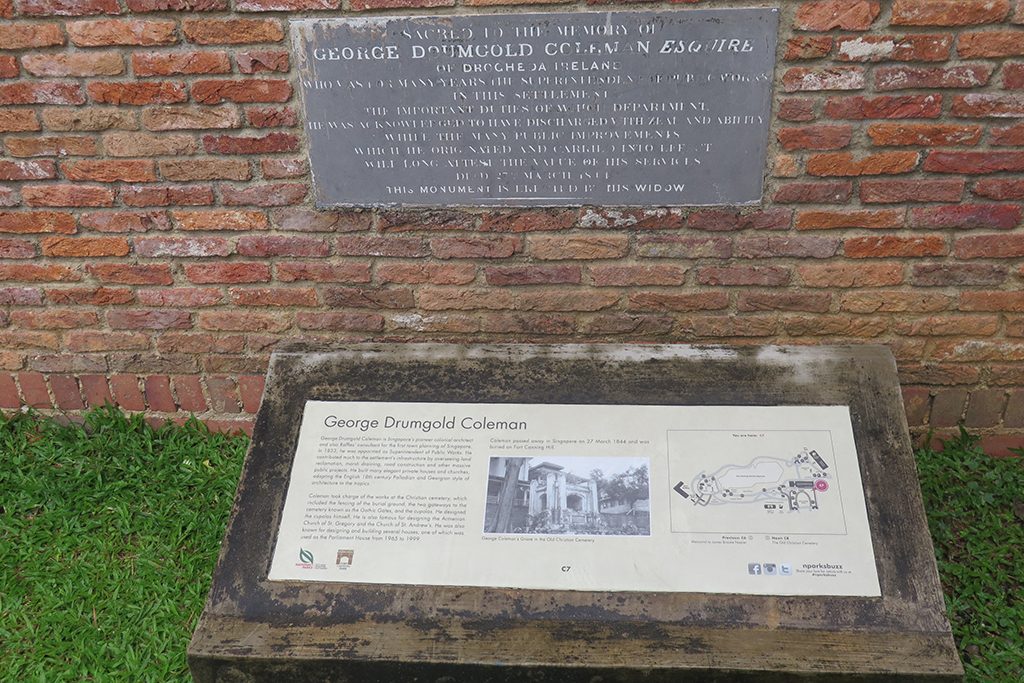
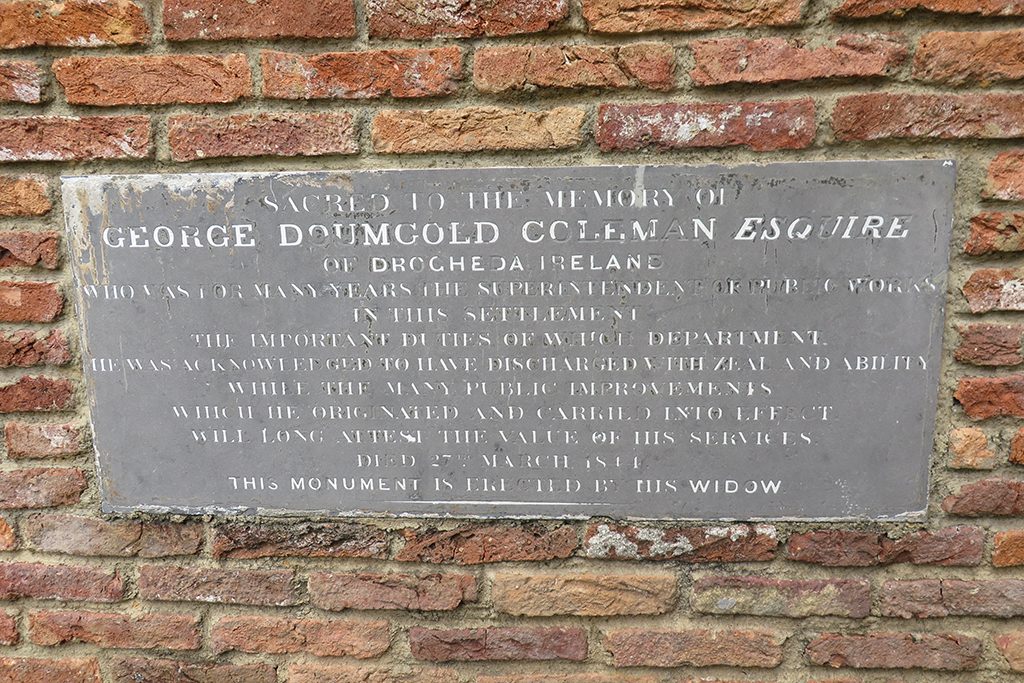
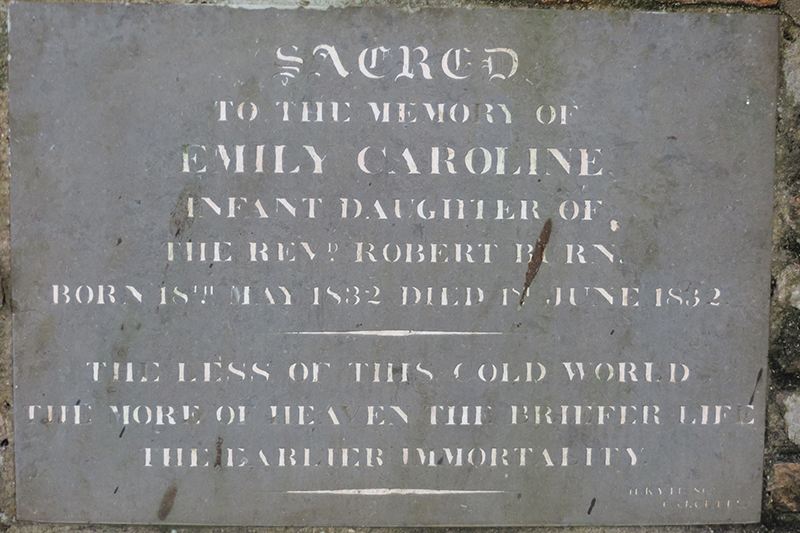
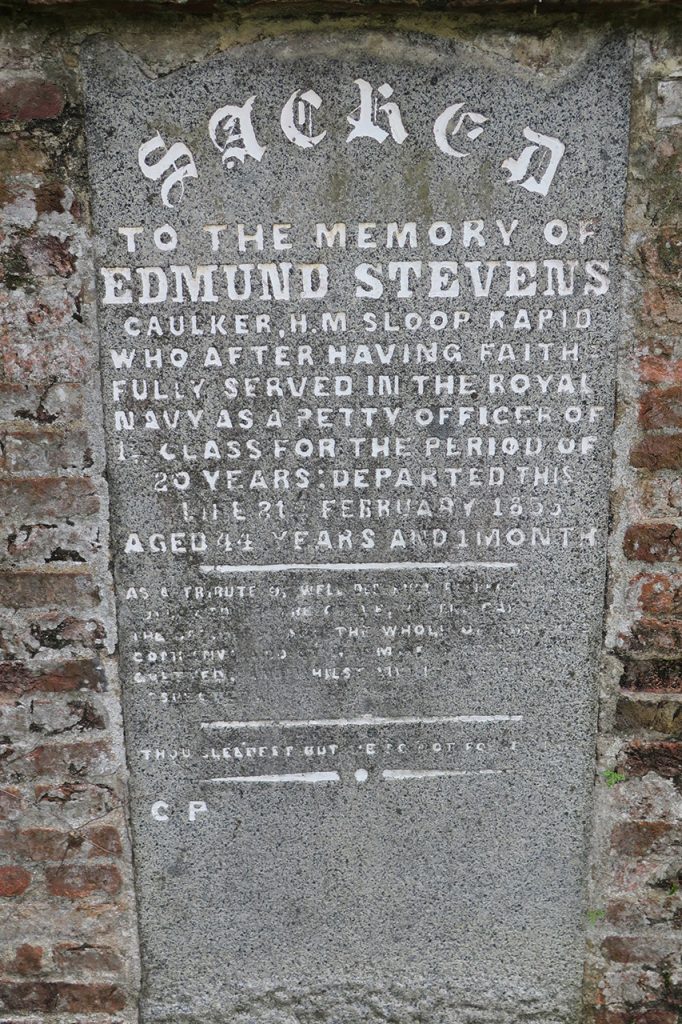
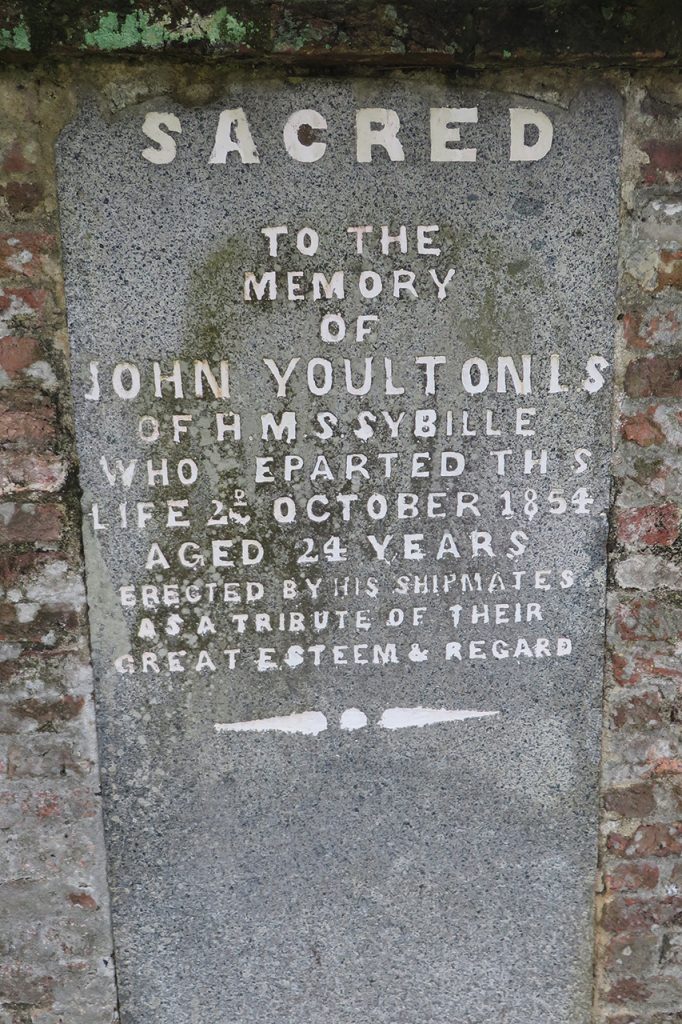
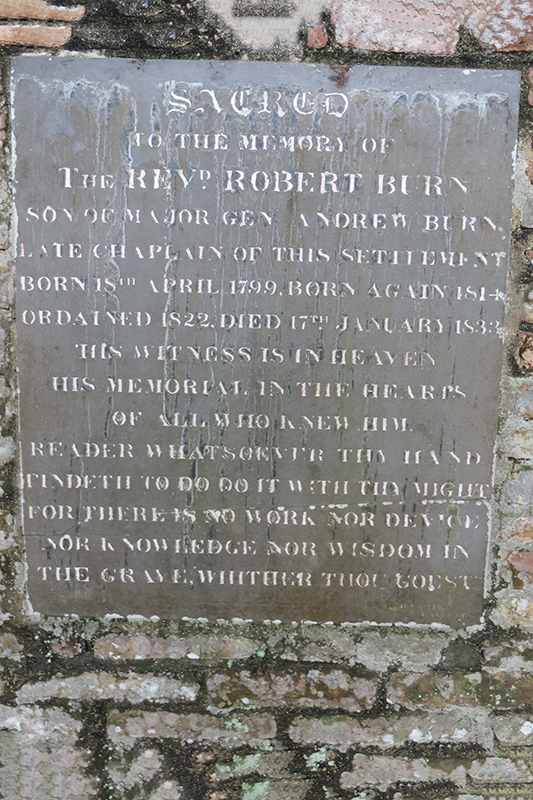
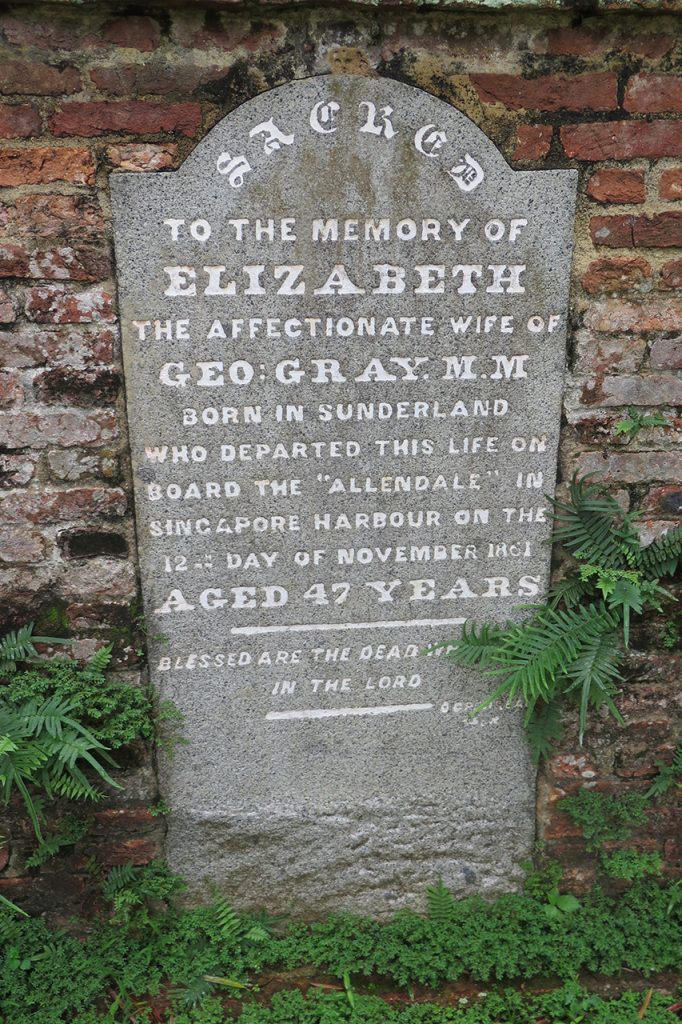
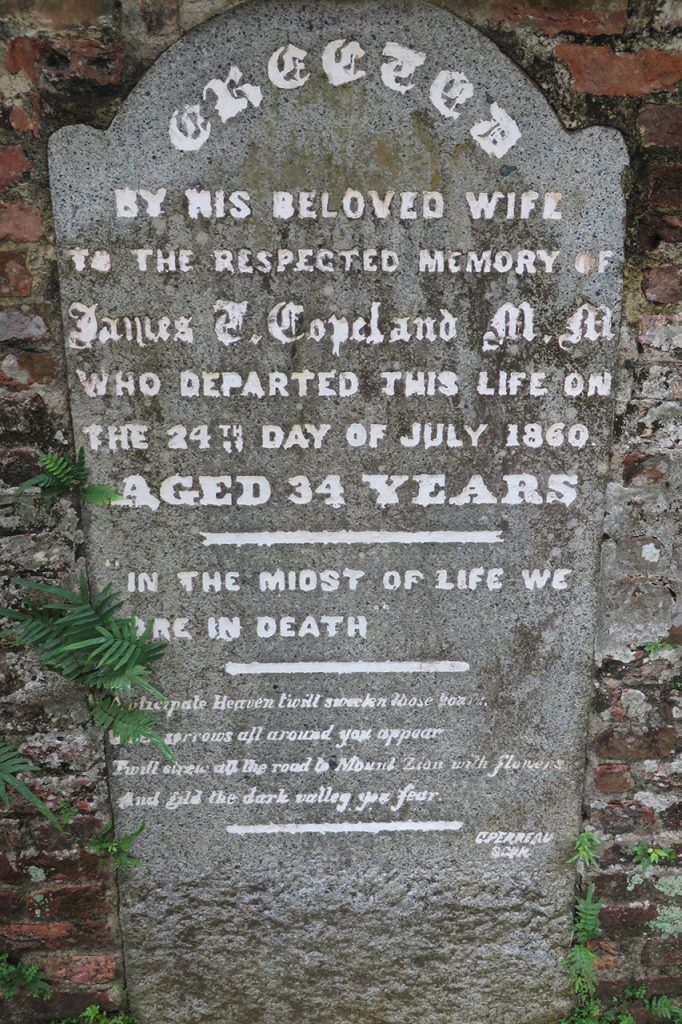
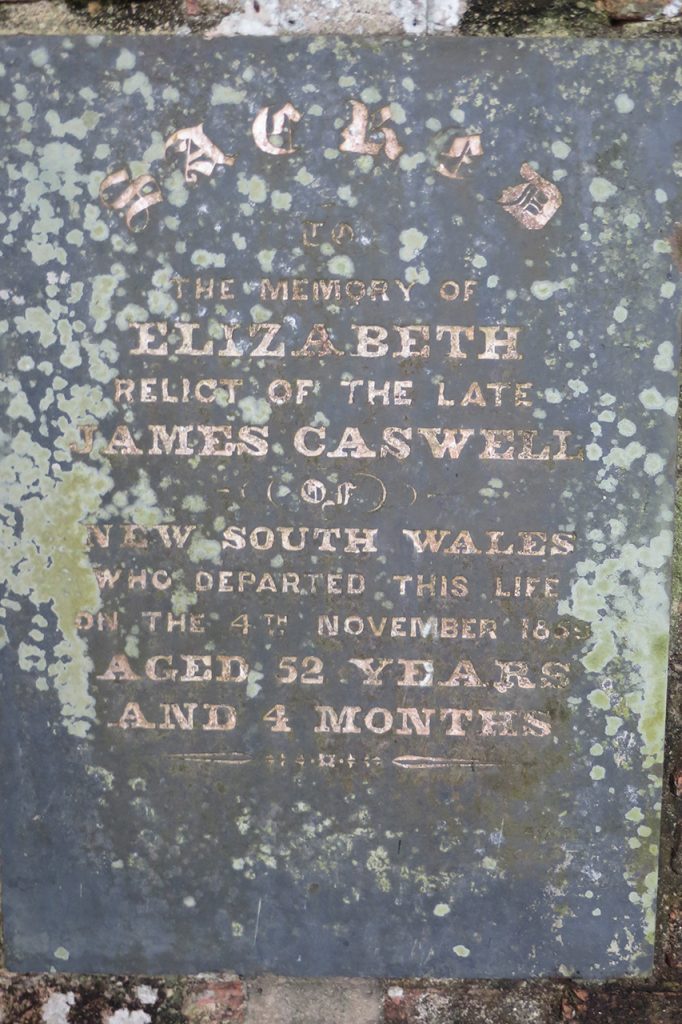
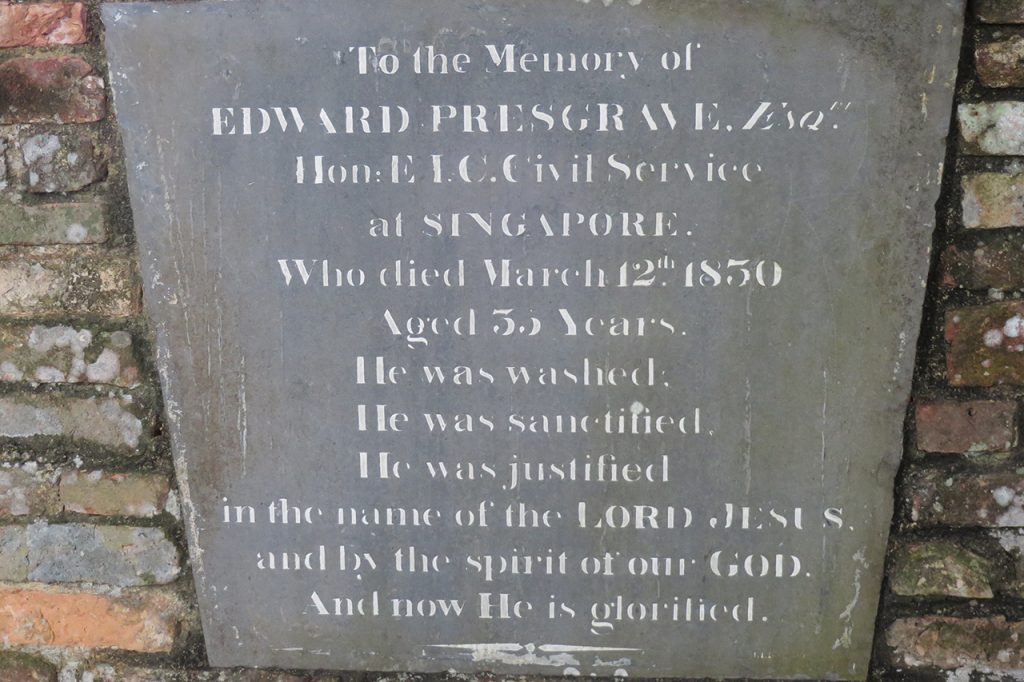
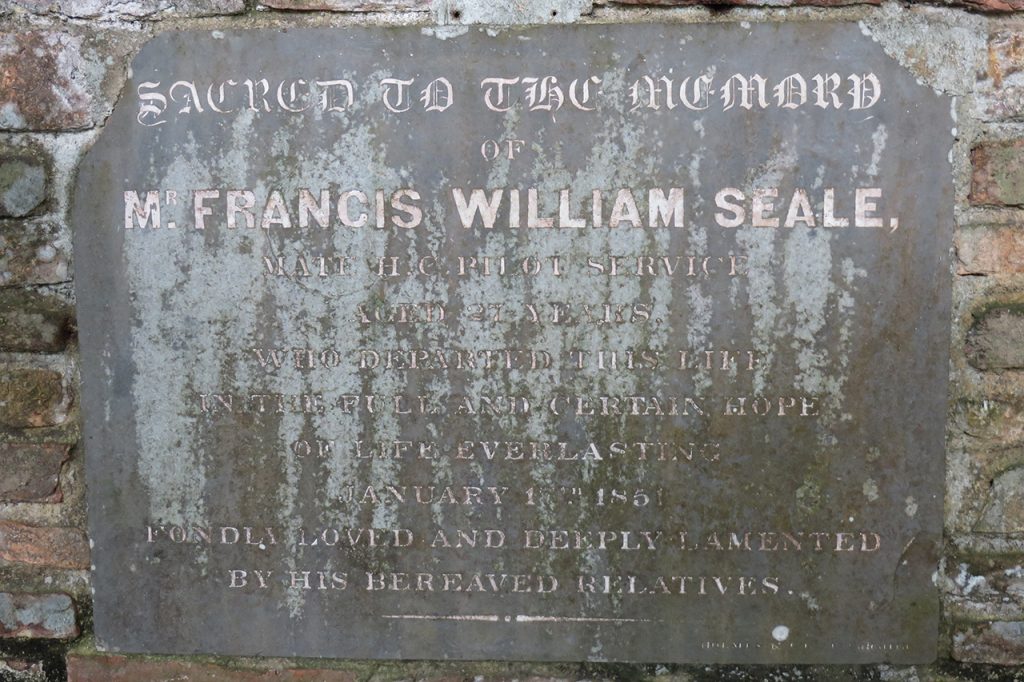
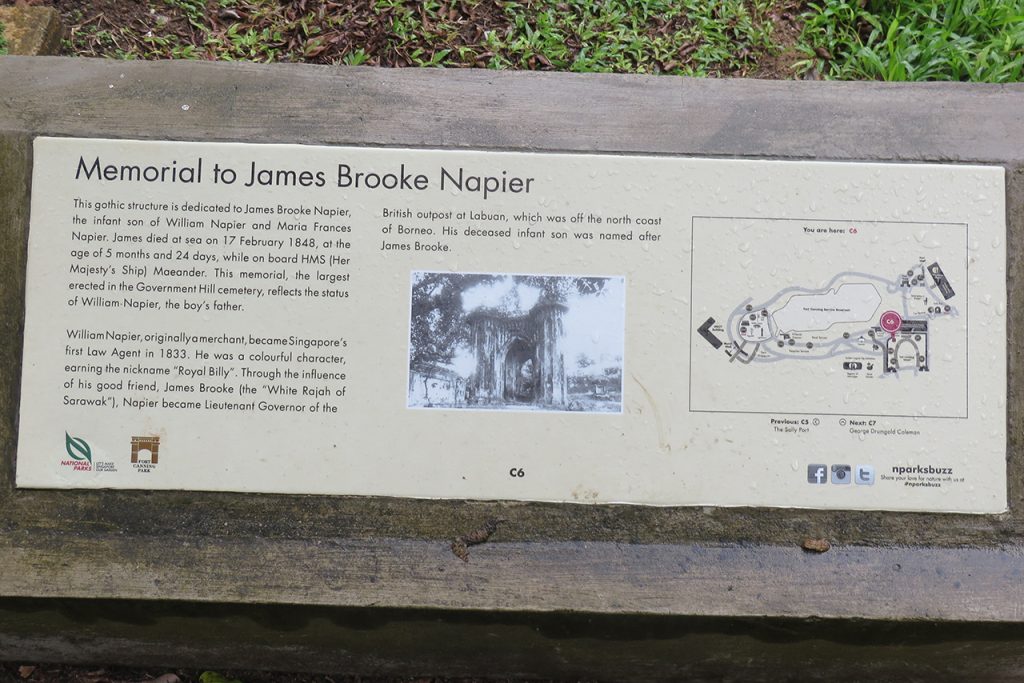
William Napier, originally a merchant, became Singapore’s first Law Agent in 1833. He was a colourful character, earning the nickname “Royal Billy” Through the influence of his good friend James Brooke (“the White Rajah of Sarawak”), Napier became Lieutenant Governor of the British outpost of Labuan, which was off the north coast of Borneo. His deceased son was named after James Brooke.
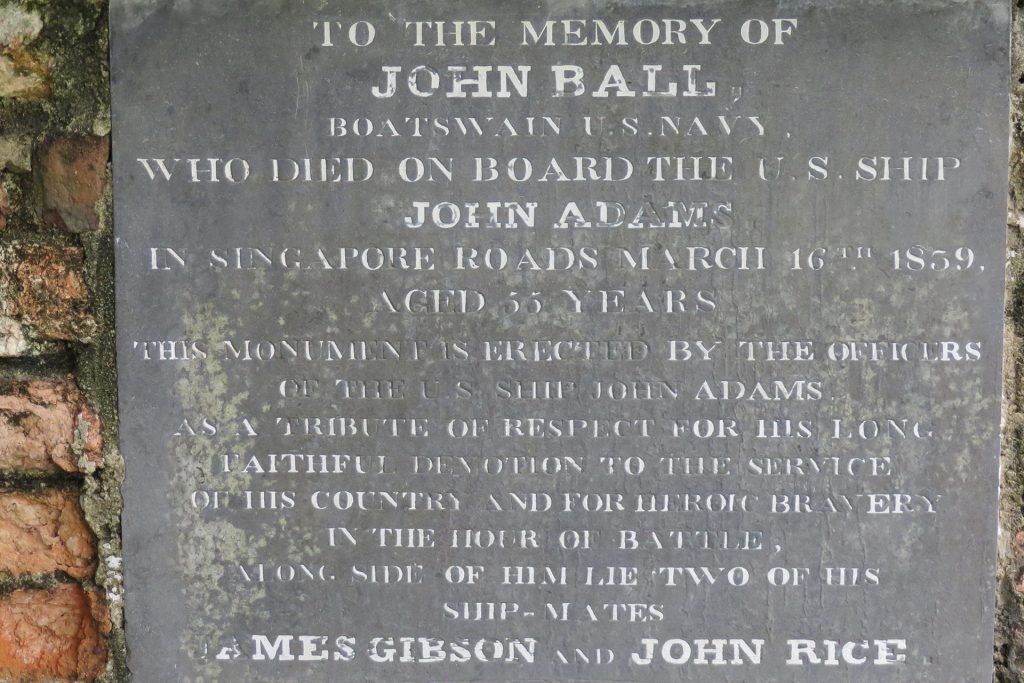
This monument is erected as a tribute of respect for his long faithful devotion to the service of his country and for heroic bravery in the hour of battle. Alongside of him lie two of his ship-mates James Gibson and John Rice.
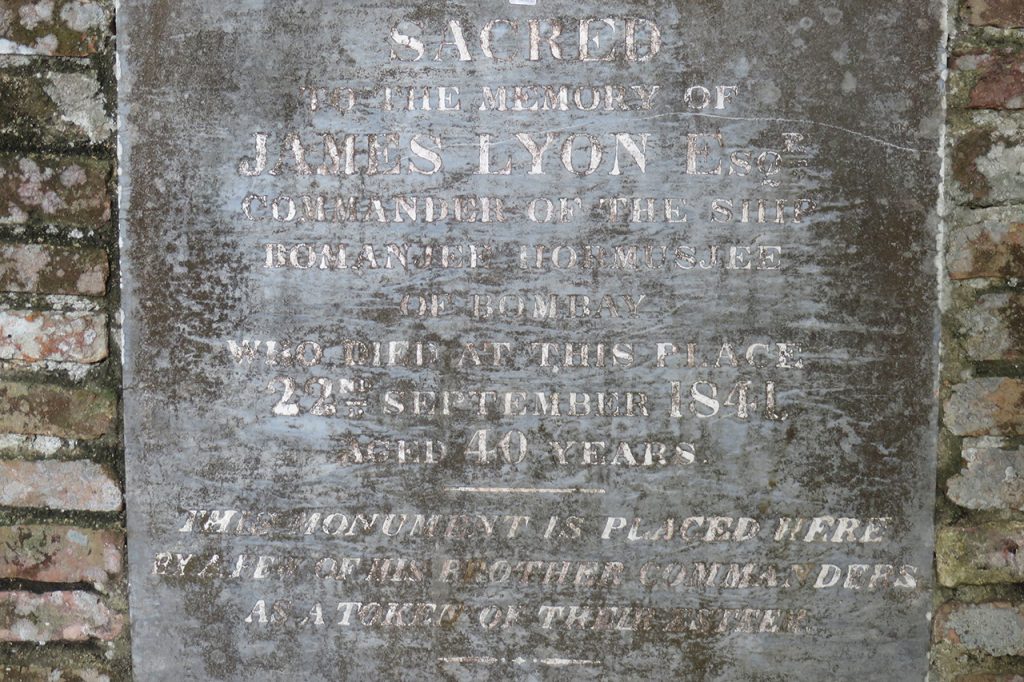
This monument is placed here by a few of his brother Commanders as a token of their esteem.
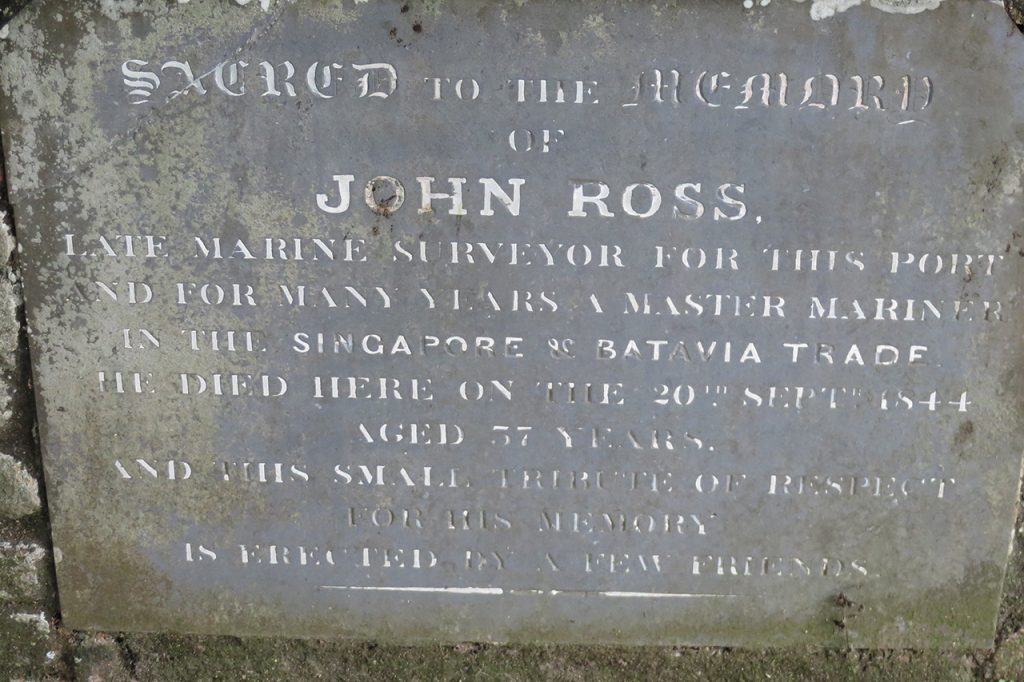
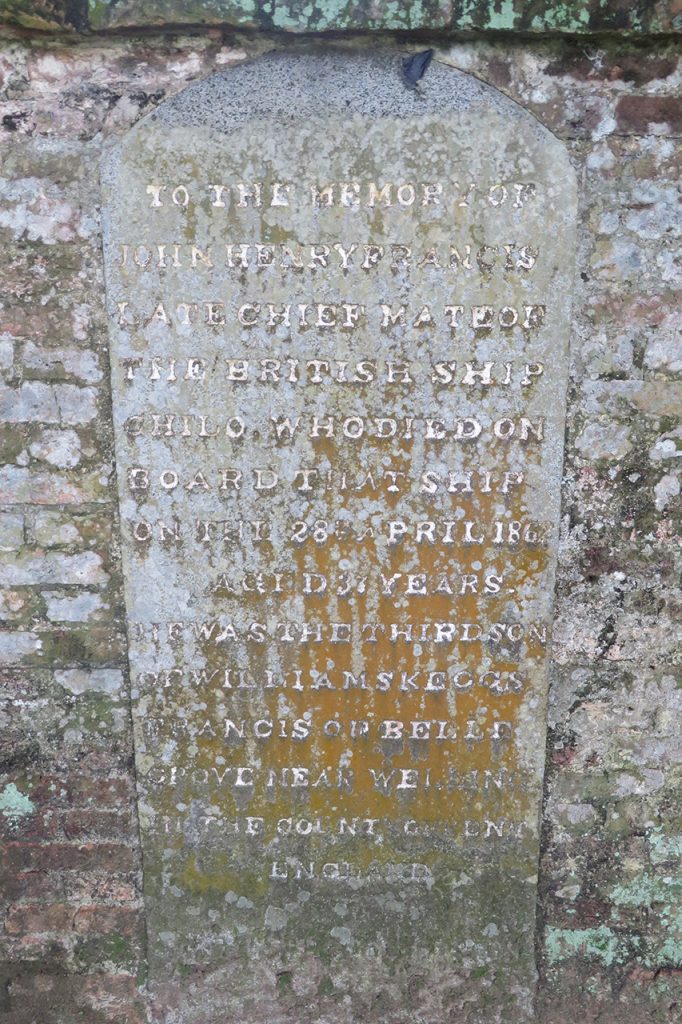
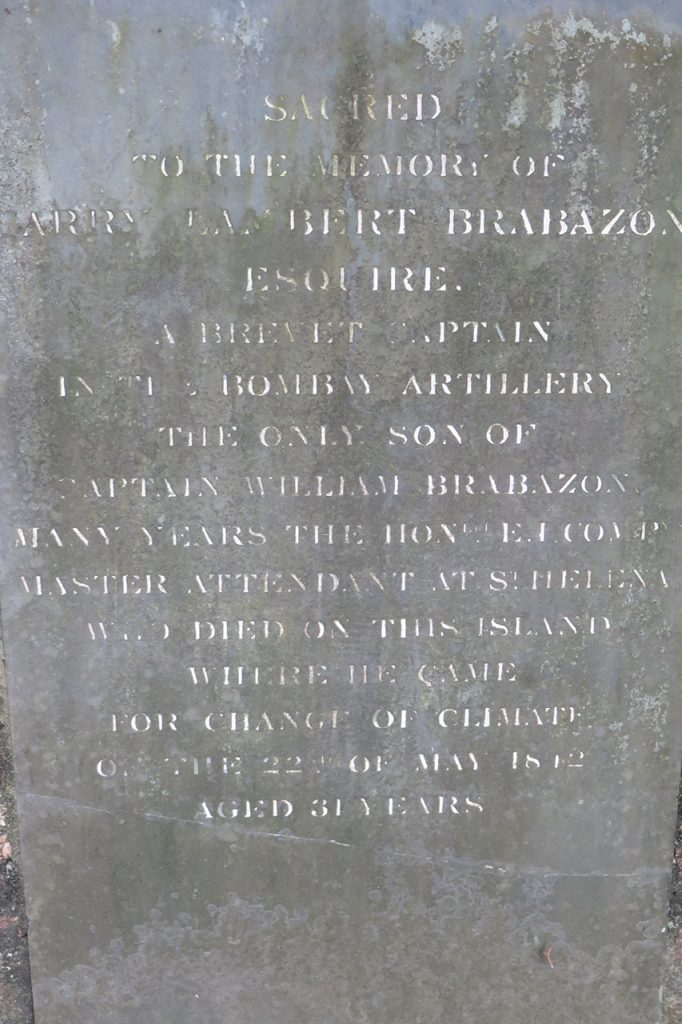
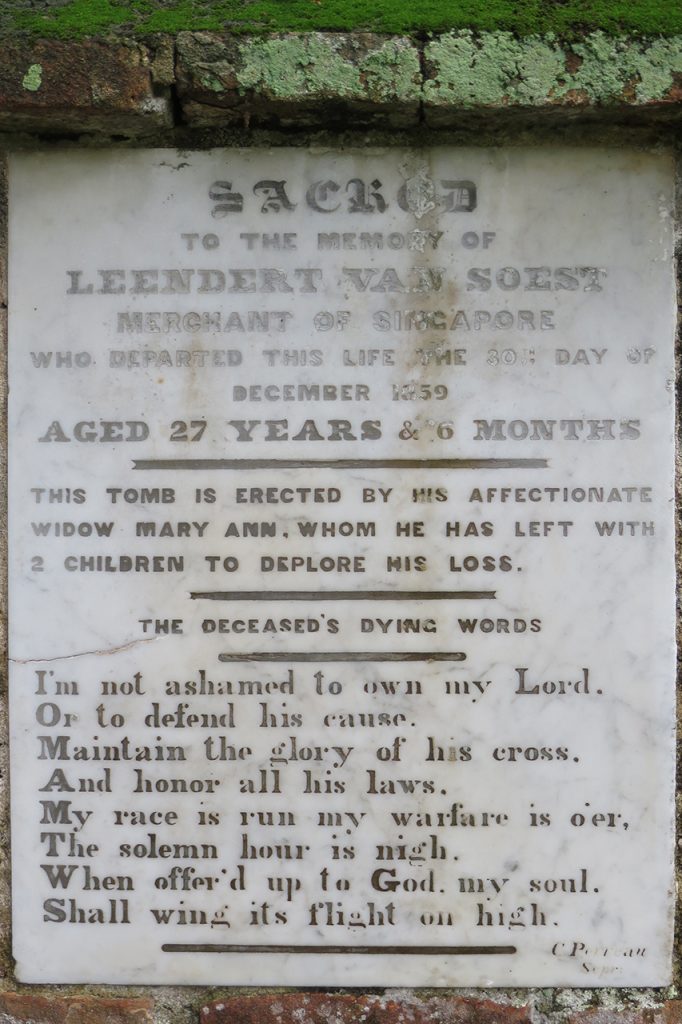
This tomb is erected by his affectionate widow Mary Ann, whom he has left with two children to deplore his loss.
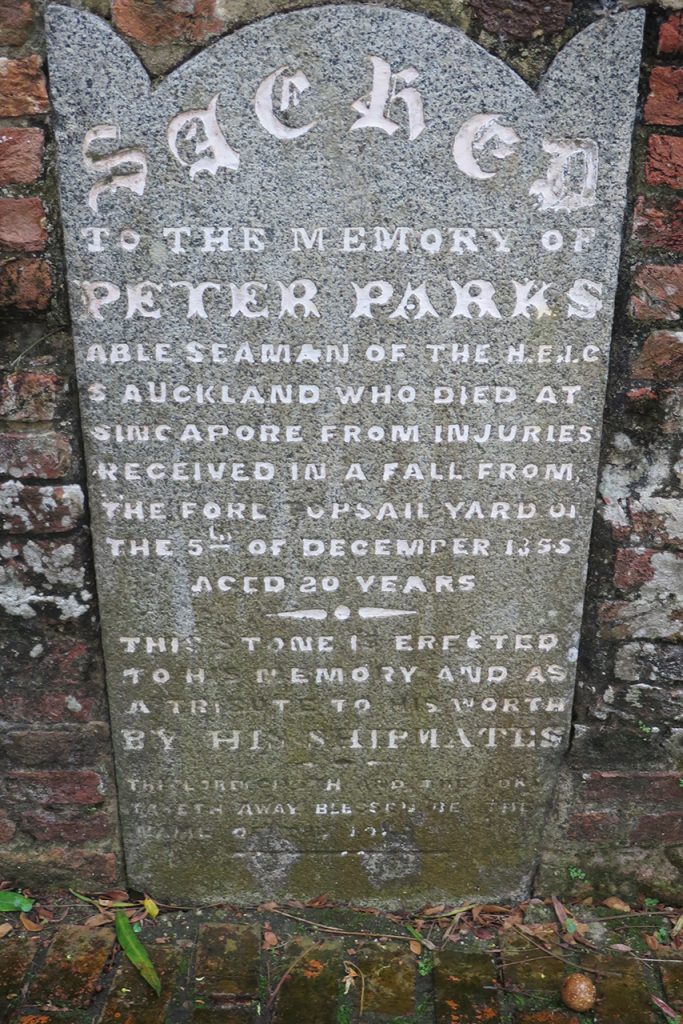
This tomb is erected to the memory and as a tribute to his worth by his shipmates.
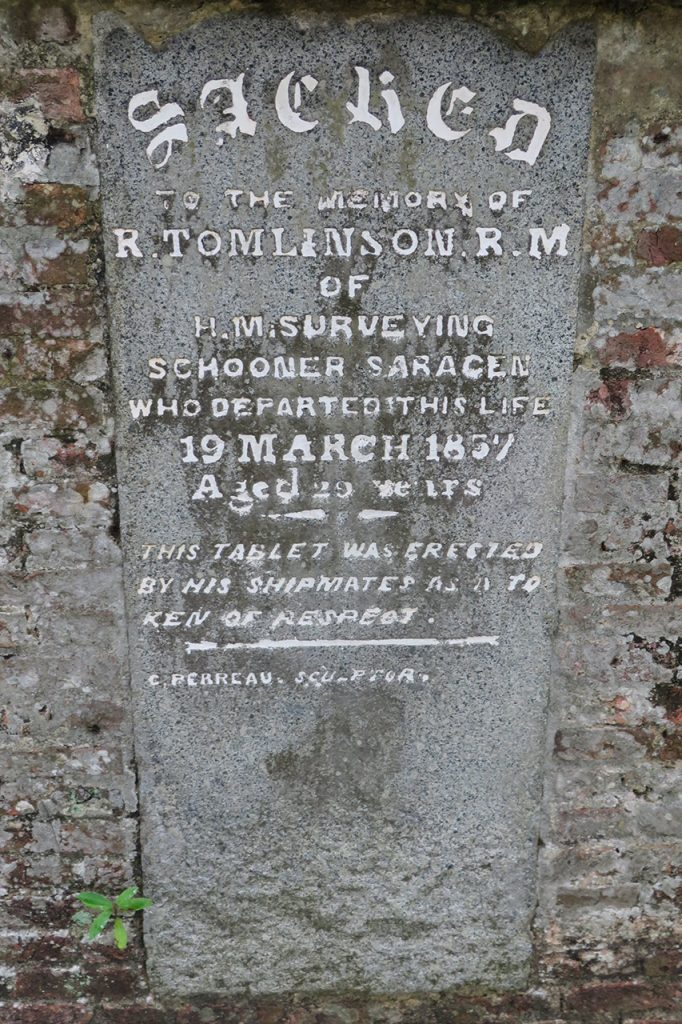
This tablet was erected by his shipmates as a token of respect.
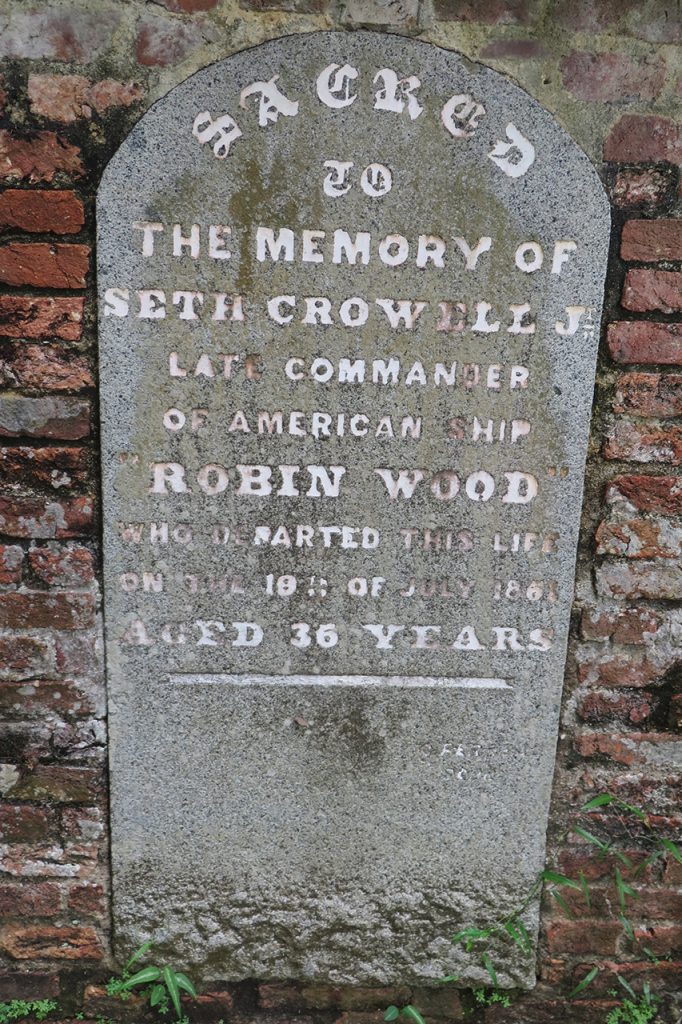
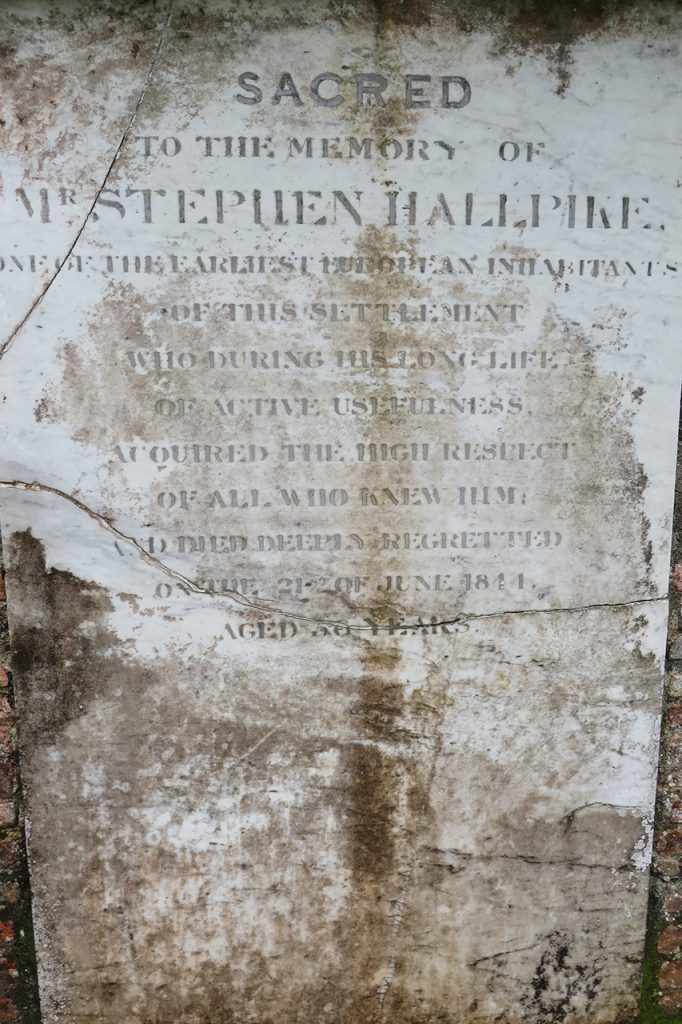
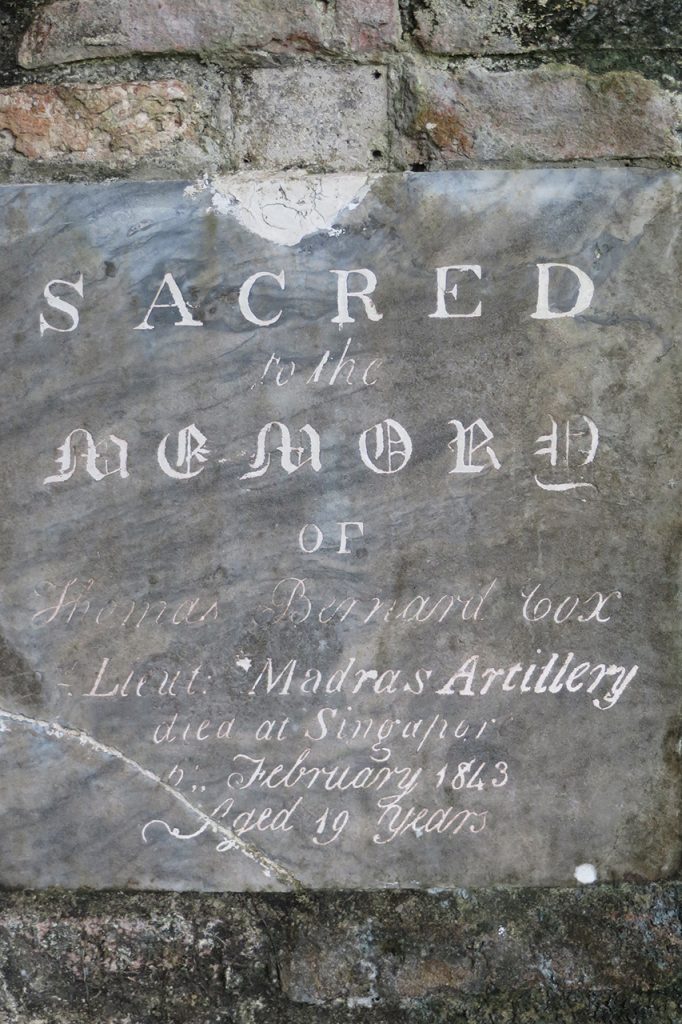
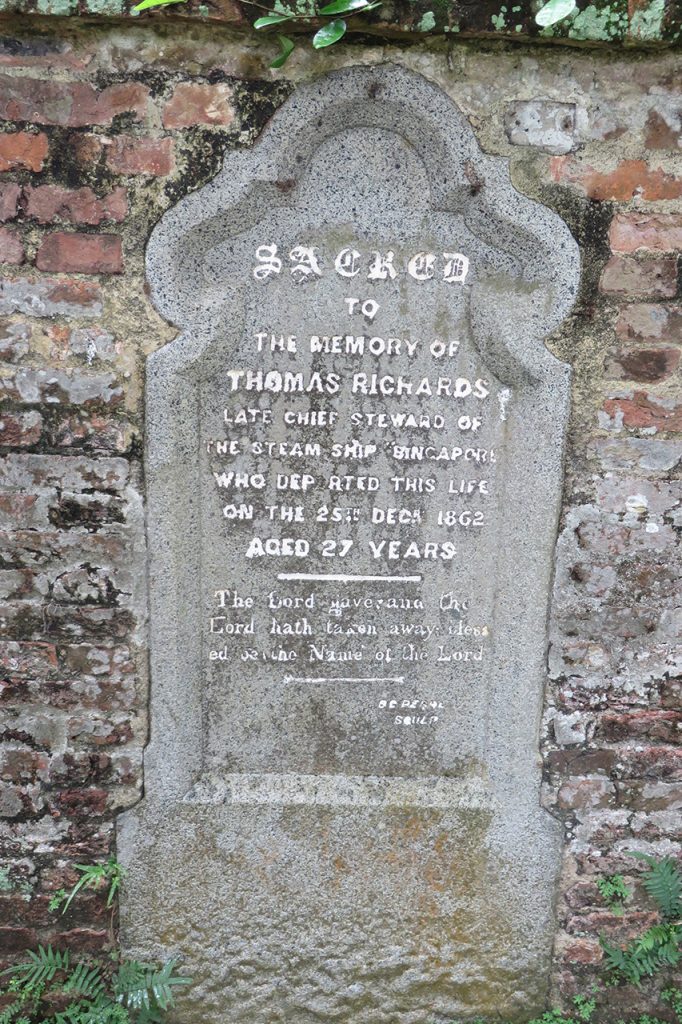
The Lord hath given and the Lord hath taken away. Blessed be the name of the Lord.
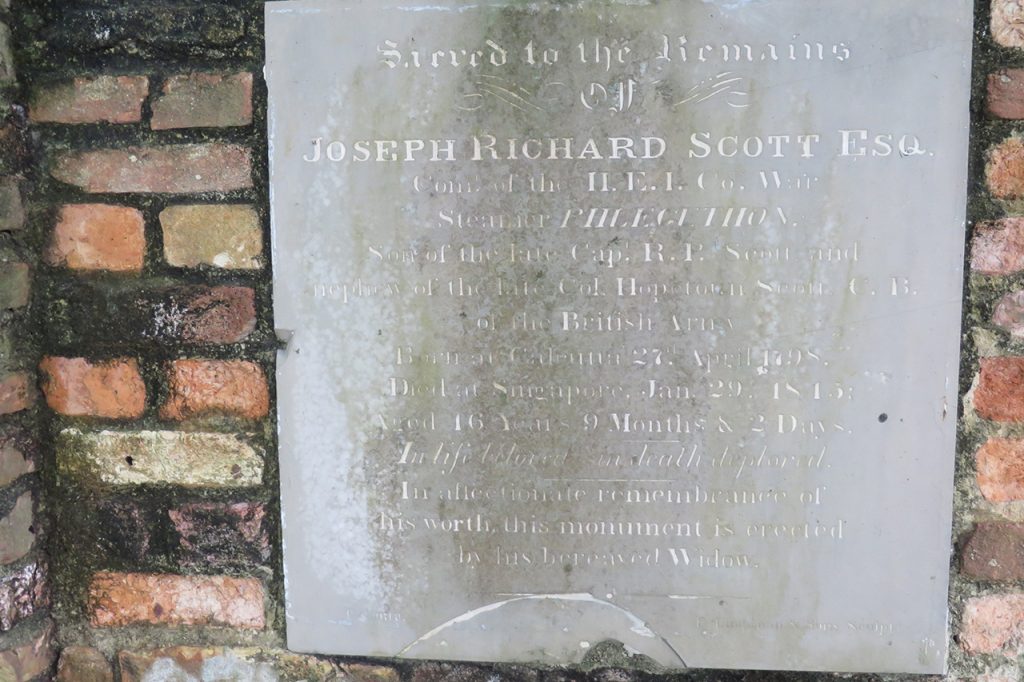
In life beloved, in death deplored.
In affectionate remembrance of his worth, this monument is erected by his bereaved widow.
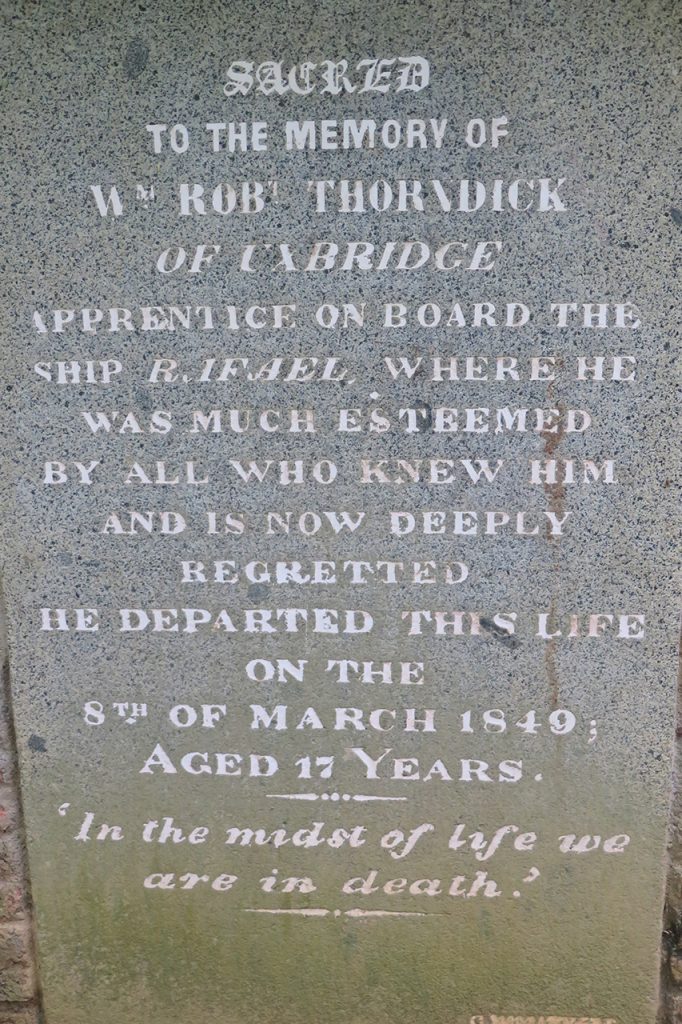
‘In the midst of life we are in death”.